Bringing a new dog into your family is exciting, and it often means making a few changes around the house. Our pets are part of the family, so creating a dog friendly home is well worth the effort. By adding some key pet-friendly features, you can keep your furry friend safe, comfortable, and happy while also protecting your home. Below are five home essentials for dogs – practical upgrades and pet friendly house ideas – that every dog owner (especially new dog owners and families) should consider. These dog owner tips will help transform your space into a haven for your pup without sacrificing style or functionality.
1. Secure Backyard with Fencing and Pet Access
A safe outdoor backyard for dogs is a dream for many pet owners. If you have a yard, one of the best home features for dogs is a sturdy, secure fence to allow off-leash play while keeping your dog safely contained. Make sure the fence is high enough that your dog can’t jump over, and consider burying the bottom or using dig-proof barriers if your pup is a digger.
In addition to fencing, think about how your dog will get in and out. Many owners install a doggy door leading to the yard, so their pet can go outside for potty breaks or playtime independently. Modern pet doors are much improved from the old plastic flaps – you can find energy-efficient, lockable models that keep out drafts and critters. If you install a dog door, be sure it has a secure latch or smart-lock feature for dog safety at home when you’re away.
Don’t forget to make the yard itself dog-friendly too. Provide shade and shelter so your dog can cool off on hot days – a covered patio or an awning over part of the yard works great. Plant non-toxic shrubs or trees to create shade and avoid harmful plants. You might even add fun features like a dog-safe splash pool or a digging sandbox to keep your pup entertained. The goal is a backyard where your dog can romp and relax safely under your supervision – truly a dog friendly home upgrade that benefits the whole family.
2. Durable, Pet-Friendly Flooring (Goodbye, Carpet!)
Inside the house, your choice of flooring can make a huge difference in creating a pet-friendly environment. Dogs can be tough on floors – from scratchy nails to occasional accidents or spilled water bowls – so durable, easy-to-clean flooring is a must. To avoid frequent replacements, opt for hard-surface floors that are resilient and low-maintenance.
Luxury vinyl plank (LVP) and porcelain or ceramic tile are popular choices for a pet friendly house idea that doesn’t sacrifice style. These materials are scratch-resistant, waterproof, and simple to mop or vacuum. If you love the look of hardwood, you might consider engineered hardwood with a tough finish, or even wood-look tile or vinyl that mimics wood grain without the same upkeep. The key is a surface that won’t easily scratch and that won’t absorb odors or stains.
It’s best to avoid wall-to-wall carpeting in high-traffic pet areas. Carpets tend to trap pet hair and are magnets for accidents. Instead, use machine-washable area rugs or runners if you want something cozy underfoot – you can toss them in the wash as needed. Also consider textured laminate or vinyl on stairs to prevent slips, especially for older dogs. By choosing pet-proof flooring, you’ll make daily cleanup easier and protect the value of your home. Your furry friend can romp around without leaving a trail of scratches, and you can relax knowing your floors are up to the challenge of life with a dog.
3. Pet Washing Station or Grooming Area
Anyone who’s tried to wrestle a muddy dog into a bathtub knows it can be a messy adventure. A dedicated pet washing station is a game-changer for keeping your dog and home clean. This can be as elaborate as a built-in doggie shower in a mudroom or as simple as a sprayer hookup outside – the goal is to make bath time easier on you and your pup.
Many new homes now feature dog wash stations in laundry rooms or garages, complete with tiled walls, a low basin or walk-in shower area, and a handheld shower sprayer. Such a setup allows you to rinse off muddy paws or give your dog a full bath without destroying your own bathroom. It’s both practical and pampering to have a dog-height “shower” – some even include little ramps or steps for larger dogs and eye hooks to gently secure the pup in place during the scrub-down.
If a built-in grooming station isn’t feasible, you can create a home essential for dogs by repurposing part of your mudroom or yard. For instance, set up an outdoor washing area: keep a hose with a gentle spray nozzle, a stash of old towels, and pet-safe shampoo by the back door. Even a large utility sink in a laundry room can double as a small-dog bathtub or paw washing basin. The key is to have a convenient spot dedicated to pet cleanup, which protects the rest of your dog friendly home from dirt.
4. Cozy Indoor Dog Space and Comfort Items
Dogs are pack animals, and while they love being with the family, they also benefit from having their own special spot to relax. Creating an indoor dog space is a must-have feature for your pup’s comfort. This could be a cozy corner with a dog bed, a crate that feels like a den, or even a built-in pet nook that blends with your home’s design.
When setting up your dog’s area, include a few dog comfort items to make it inviting. A supportive dog bed or mat is essential for healthy joints – many dogs appreciate orthopedic beds, especially large breeds or senior dogs. Add a soft blanket and your pup’s favorite toys to create a true doggie den atmosphere. Make sure the space is in a low-traffic area of the house where your dog can relax without being startled, but still close enough to family activity that they don’t feel isolated.
For families, involving kids in setting up the dog’s “room” can be a fun project – let them help pick out the dog bed or decorate the wall with a cute pet name sign. By giving your pet an indoor space of their own, you’re ensuring they always have a comfortable place to rest.
5. Pet-Proofing and Safety Measures Throughout the Home
Pet proofing your home is a critical feature for any dog owner – especially if you have a curious puppy or an active dog. Much like baby-proofing for toddlers, this involves adding safety features and making adjustments so your dog can explore the house without encountering hazards.
Start with pet gates or barriers to designate off-limits areas. You might opt for a decorative pet gate or even install a custom built-in pet gate that matches your interior. This allows you to restrict access when needed while maintaining an open feel in the home.
Next, secure anything that could be dangerous. Cabinets with cleaning supplies or medications should have childproof latches. Keep trash cans covered or behind closed cabinets, tuck away dangling electrical cords, and secure window blind cords out of reach. Store all household chemicals and certain foods in locked or elevated spaces. Always keep the toilet lid closed to prevent accidents.
Make sure window screens are secure if you open windows, use stove knob covers if needed, and block small gaps behind appliances or furniture. If your home has a pool, install a fence or alarm for safety. These dog owner tips go a long way toward preventing accidents and creating a safe environment.
Conclusion
Making a home truly dog-friendly means thinking about your pet’s comfort, safety, and needs at every turn. From a secure backyard for dogs to scratch-proof floors under their paws, to a cozy corner they can call their own, these upgrades will benefit both you and your furry companion. Whether you’re a new dog owner or a longtime pup parent, consider incorporating these five best home features for dogs into your living space. You’ll be rewarded with a cleaner, safer home – and one very happy dog.
FAQs
Q: How can I make my home more dog-friendly without major renovations?
A: Use pet gates to block unsafe areas, add washable rugs, secure trash cans, and set up a comfy indoor dog space with a bed and toys.
Q: What types of flooring are best for homes with dogs?
A: Hard, durable surfaces like vinyl plank, tile, or hardwood with a tough finish. Avoid wall-to-wall carpeting in pet areas.
Q: How do I pet-proof my home for a new puppy?
A: Cover cords, lock cabinets, block small spaces, remove choking hazards, and set up a safe confinement area for unsupervised times.
Q: Do I really need a fenced yard for my dog?
A: A fenced yard offers safe off-leash play and is highly beneficial, but you can still keep your dog happy with supervised outdoor time and regular walks.
Q: What are some must-have comfort items or spaces for a dog at home?
A: A supportive bed, toys, blankets, and a designated indoor dog space where your pet can relax.
Browse Other West Vancouver Communities
- Altamont
- Almbleside
- Bayridge
- British Properties
- Canterbury West Vancouver
- Caufield
- Cedardale
- Chartwell
- Chelsea Park
- Cypress
- Cypress Park Estates
- Deer Ridge West Vancouver
- Dunderage
- Eagle Harbour
- Eagleridge
- Furry Creek
- Gleneagles
- Glenmore
- Horshoe Bay West Vancouver
- Howe Sound
- Lions Bay
- Olde Caufield
- Panorama Village
- Park Royal
- Passage Island
- Porteau Cove
- Queens
- Rockridge
- Snady Cove
- Sentinel Hill
- Upper Caufield
- West Bay
- Westhill
- Westmount West Vancouver
- Whitby Estates
- Whytecliff
MLS® Listings in West Vancouver | Homes for Sale
- All Listings
- $100,000 - $200,000
- $200,000 - $300,000
- $300,000 - $400,000
- $400,000 - $500,000
- $500,000 - $600,000
- $600,000 - $700,000
- $700,000 - $800,000
- $800,000 - $900,000
- $900,000 - $1,000,000
- Over $1,000,000


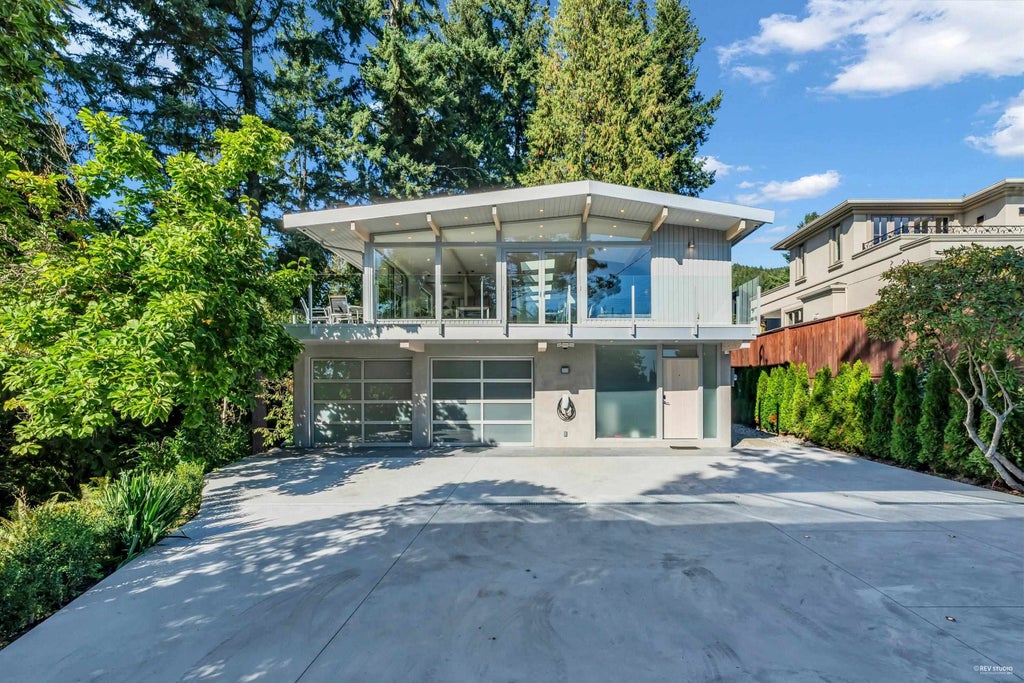

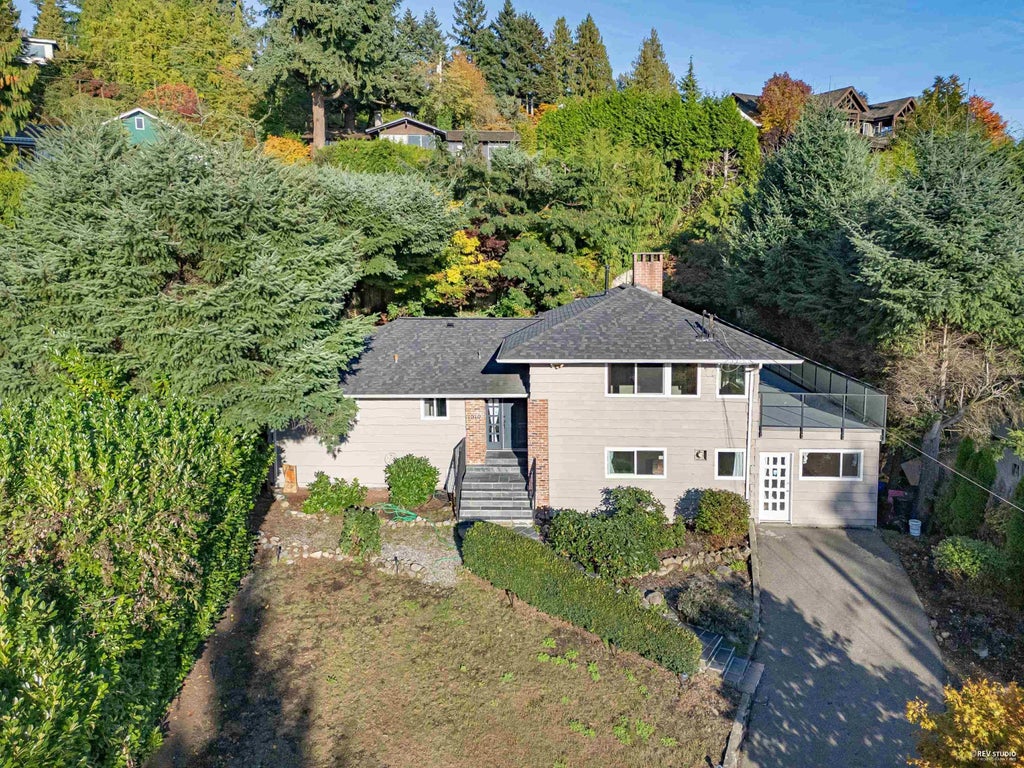
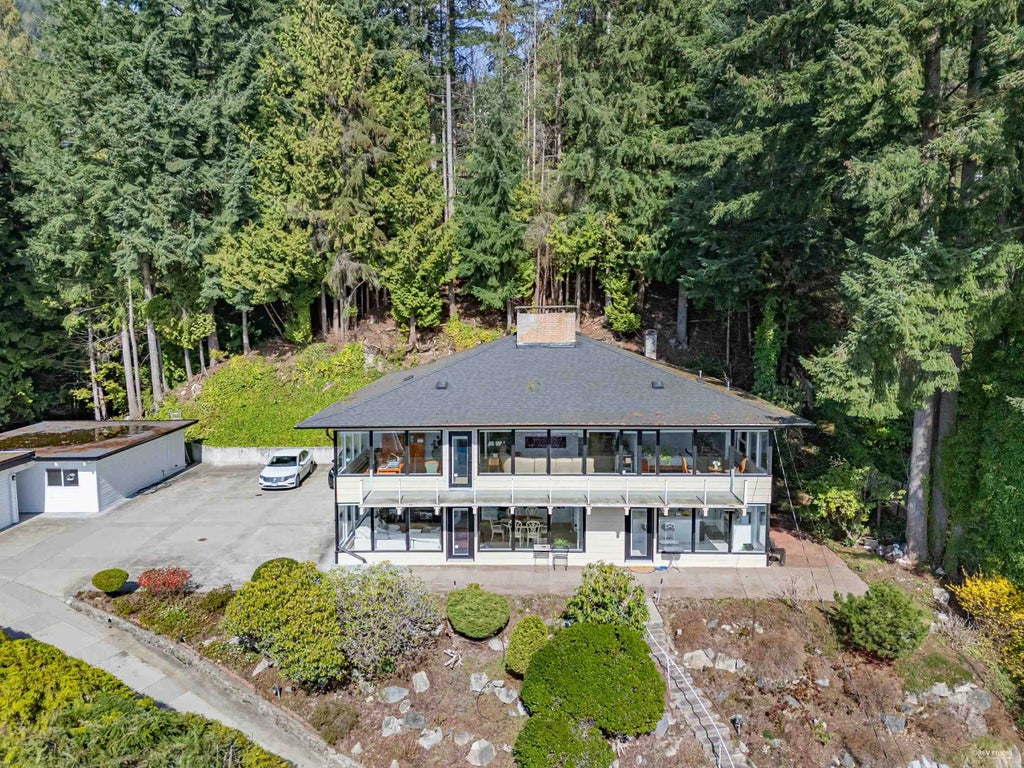
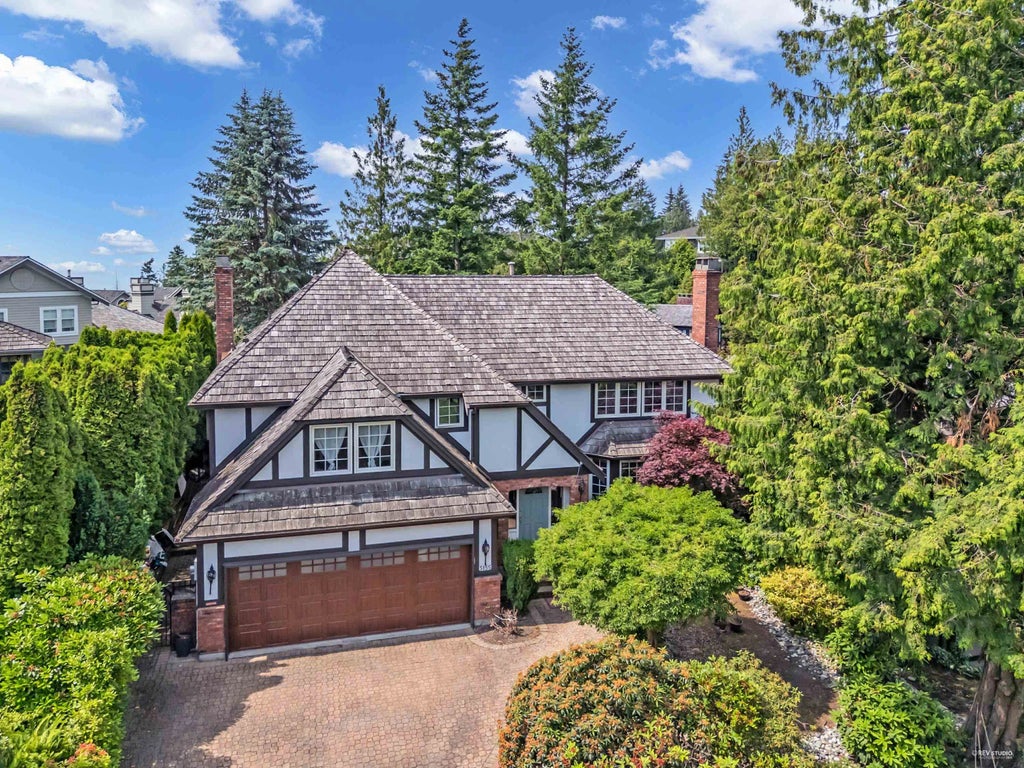


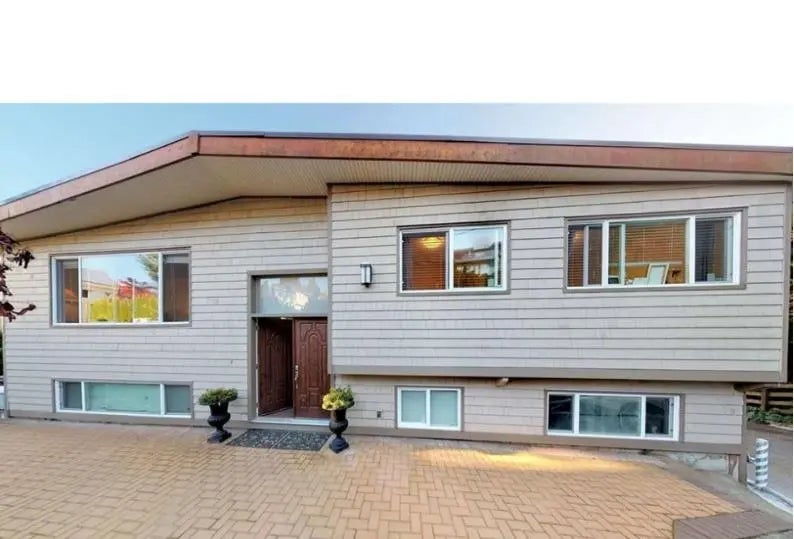
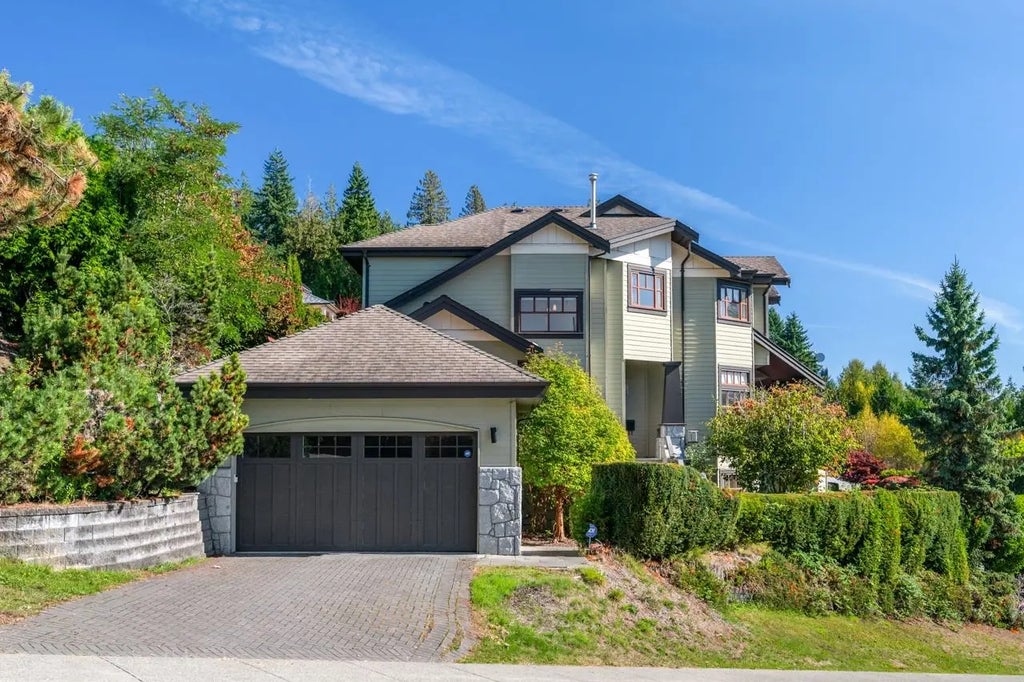

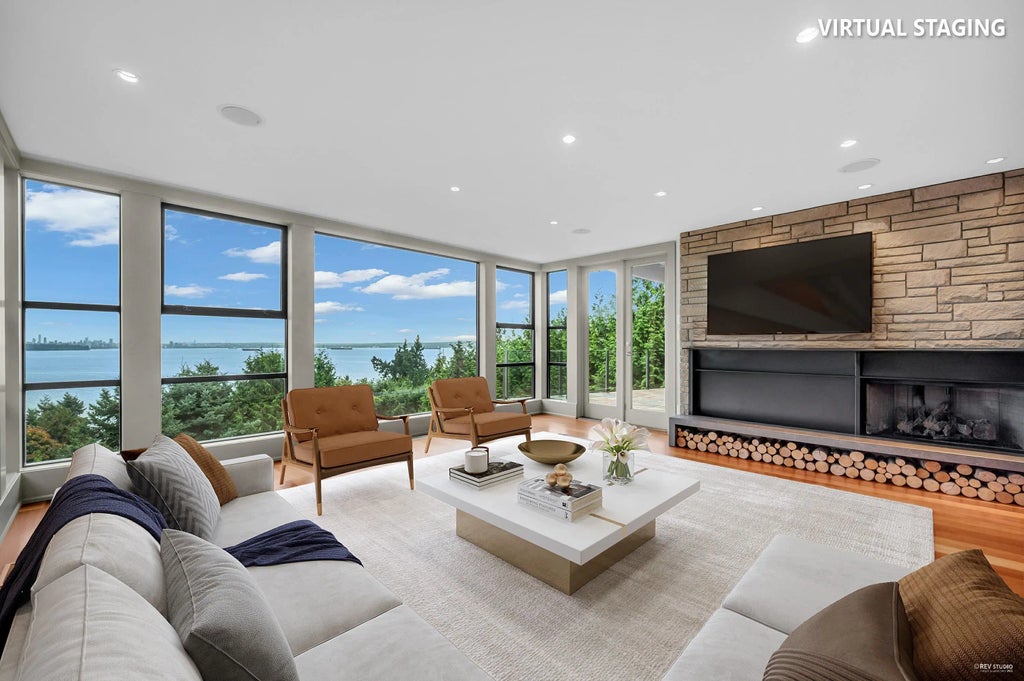
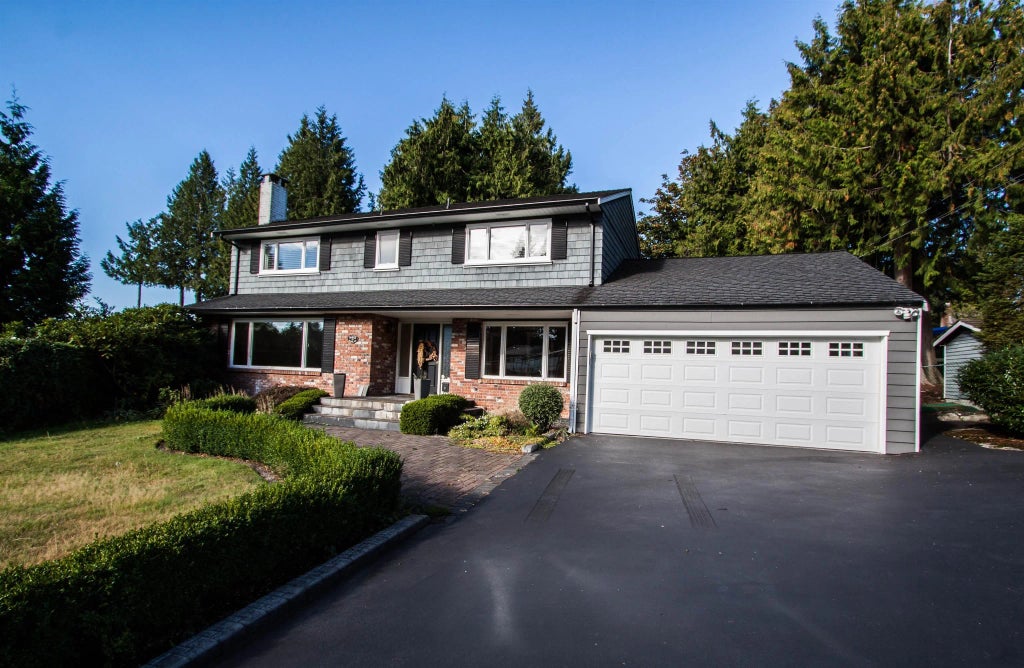
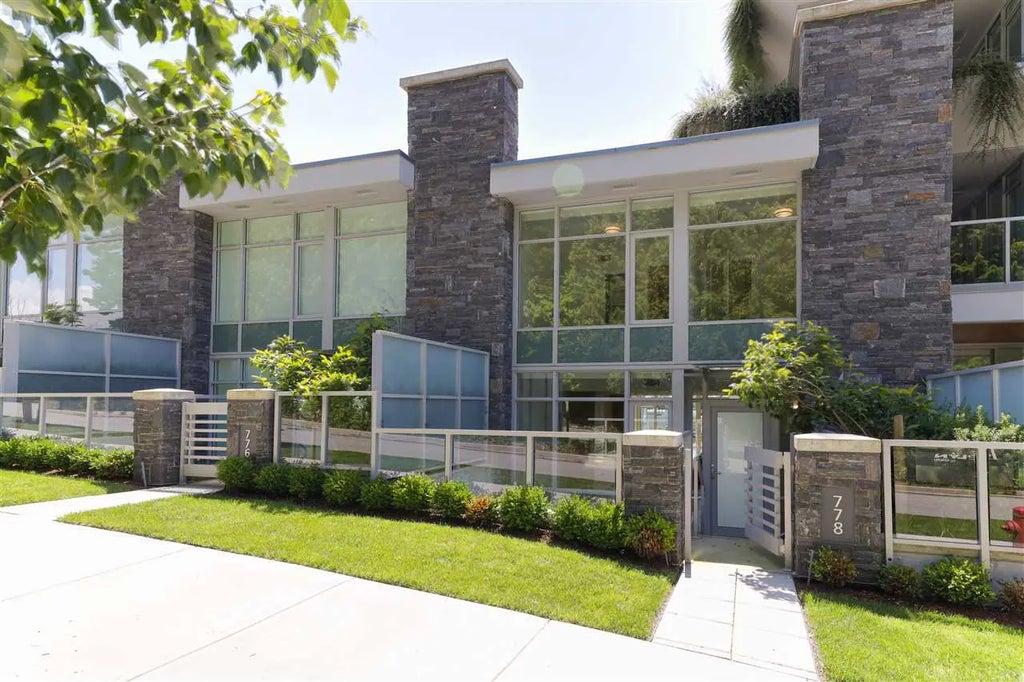
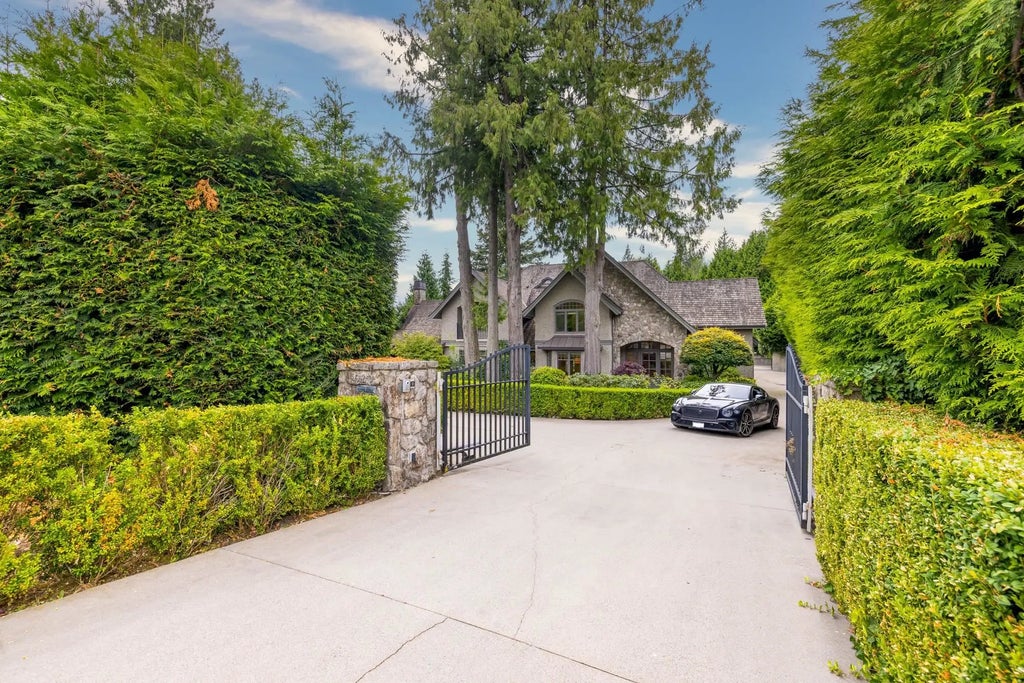
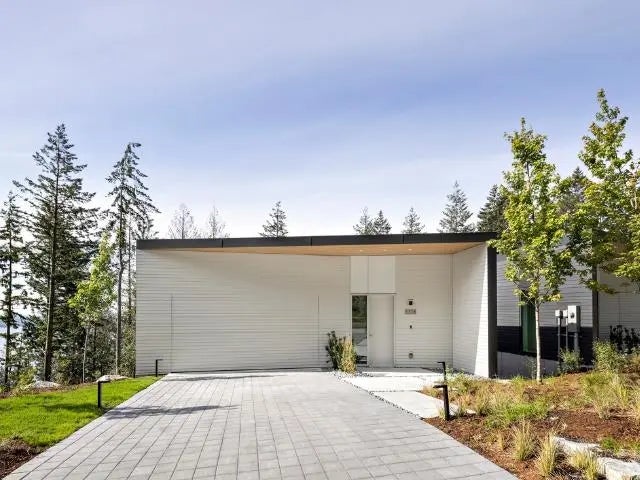
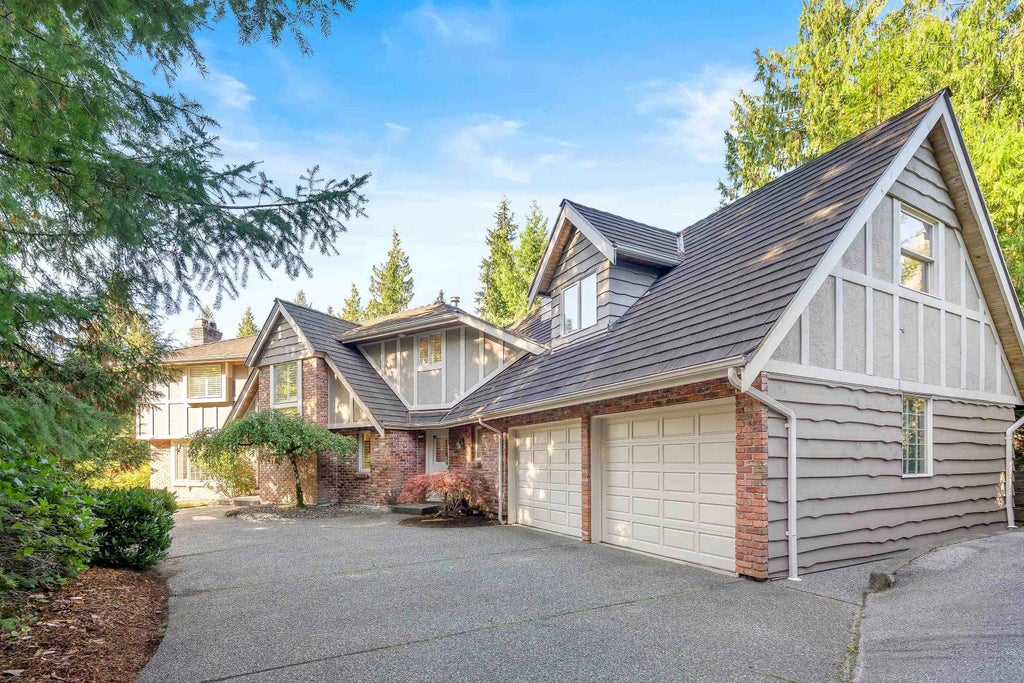
Leave A Comment